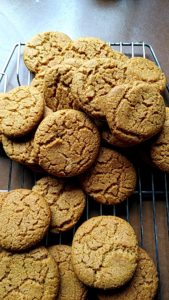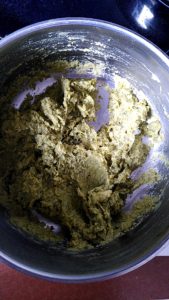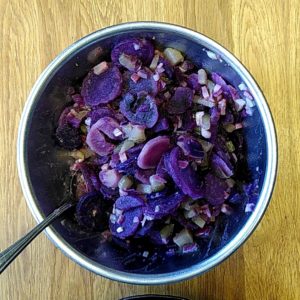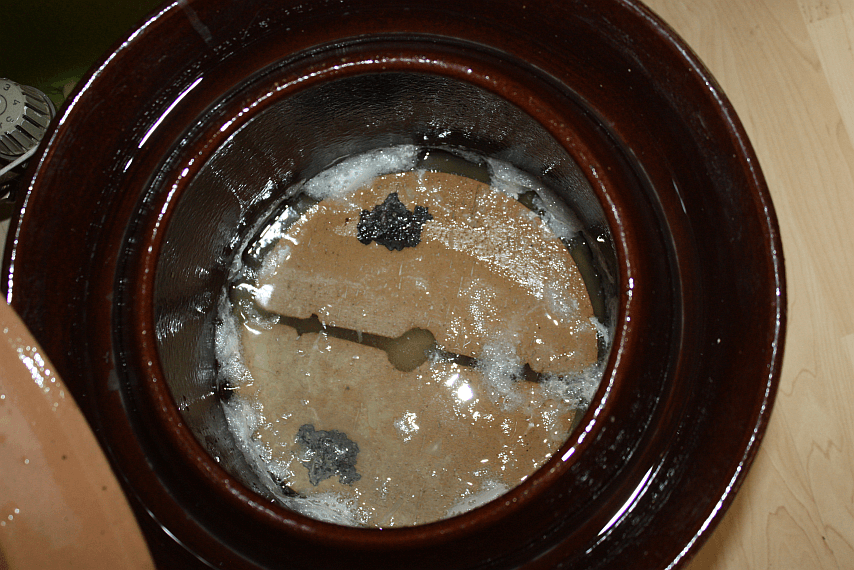I hope you had a nice long holiday weekend - here it was wonderful weather on Saturday and Sunday, and quite cool on Monday. Then it actually started snowing on Monday evening, and has been snowing on and off all day today. That's true and typical April weather!
Speaking of typical - one of the typical things for Easter in Germany is cake. Special, shapely cake. This year, I had the strong desire to follow this Easter... and this is what ours looked like:

Admittedly, this is not the entirely traditional cake. That, of course, is in form of a sheep or an Easter bunny. You can either buy a special baking mould and bake them yourself, or buy a ready-baked sheep at about every single local bakery that exists. (The reason for the elk? I own neither a sheep- nor a bunny-shaped mould. My mom has a bunny... but in our household, there's only the elk, which we got as a wedding present and use far too rarely anyways. Also, if you cut off the antlers and eat them, it looks much more lamb-like already.)
And now I'm curious - do you have Easter cakes like that in your spot in the world? Or is that entirely unknown where you are?
Speaking of typical - one of the typical things for Easter in Germany is cake. Special, shapely cake. This year, I had the strong desire to follow this Easter... and this is what ours looked like:

Admittedly, this is not the entirely traditional cake. That, of course, is in form of a sheep or an Easter bunny. You can either buy a special baking mould and bake them yourself, or buy a ready-baked sheep at about every single local bakery that exists. (The reason for the elk? I own neither a sheep- nor a bunny-shaped mould. My mom has a bunny... but in our household, there's only the elk, which we got as a wedding present and use far too rarely anyways. Also, if you cut off the antlers and eat them, it looks much more lamb-like already.)
And now I'm curious - do you have Easter cakes like that in your spot in the world? Or is that entirely unknown where you are?







 A glimpse into the pot - two weights come with these kinds of fermentation vats, to keep all things nicely pressed down under the surface of the liquid. You can see some foam (that is normal); the black spots are discolorations of the weights. Unfortunately it's not possible to photograph the pleasantly acidic scent!
A glimpse into the pot - two weights come with these kinds of fermentation vats, to keep all things nicely pressed down under the surface of the liquid. You can see some foam (that is normal); the black spots are discolorations of the weights. Unfortunately it's not possible to photograph the pleasantly acidic scent!